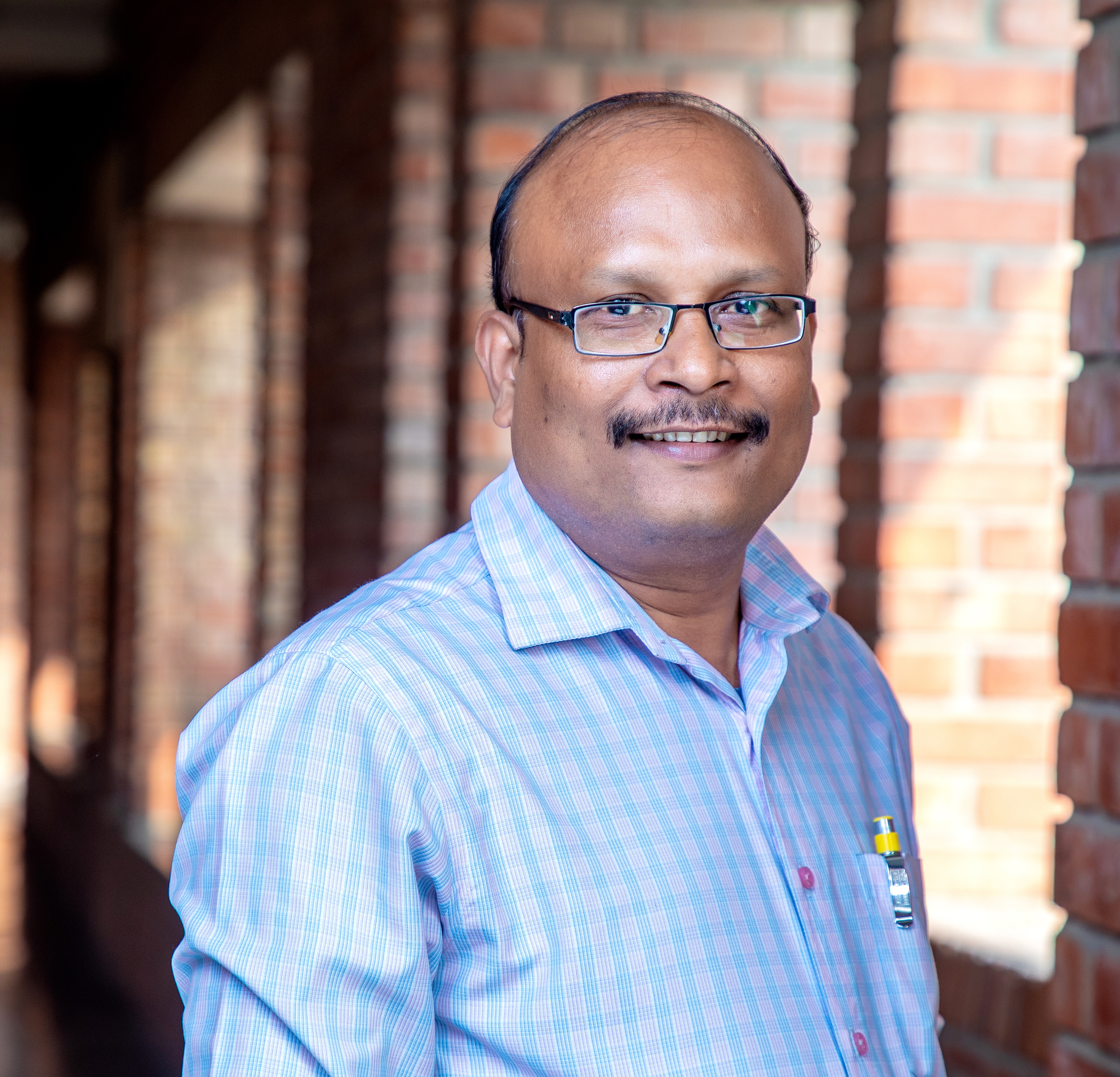About
Dr. Vinay K. Verma bears 10 years of teaching and research experience. During the course of his Ph.D. at Defence Materials & Stores Research & Development Establishment (DMSRDE), Kanpur, Dr. Verma has carried out extensive work in synthesizing organochalcogen (especially Se/ Te) substituted multisite macroacyclic/ cyclic systems and studied their reactivity pattern towards various transition metal ions. Further he extended his research activity in the field of developing chalcogen bearing bioactive molecules. He has developed several chalcogen bearing multidentate macrocyclic systems useful for synthesizing multimetallic compound for Hi-tech applications.
Dr. Verma is currently involved in designing and developing various fluorophore molecules for sensor applications and teaching various chemistry courses to UG, PG and Ph.D. students at Sharda University, Greater Noida since July, 2012.

